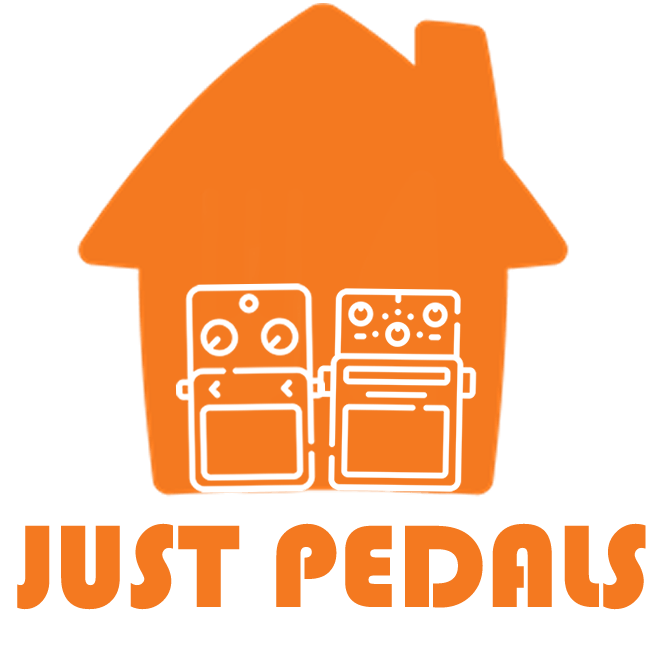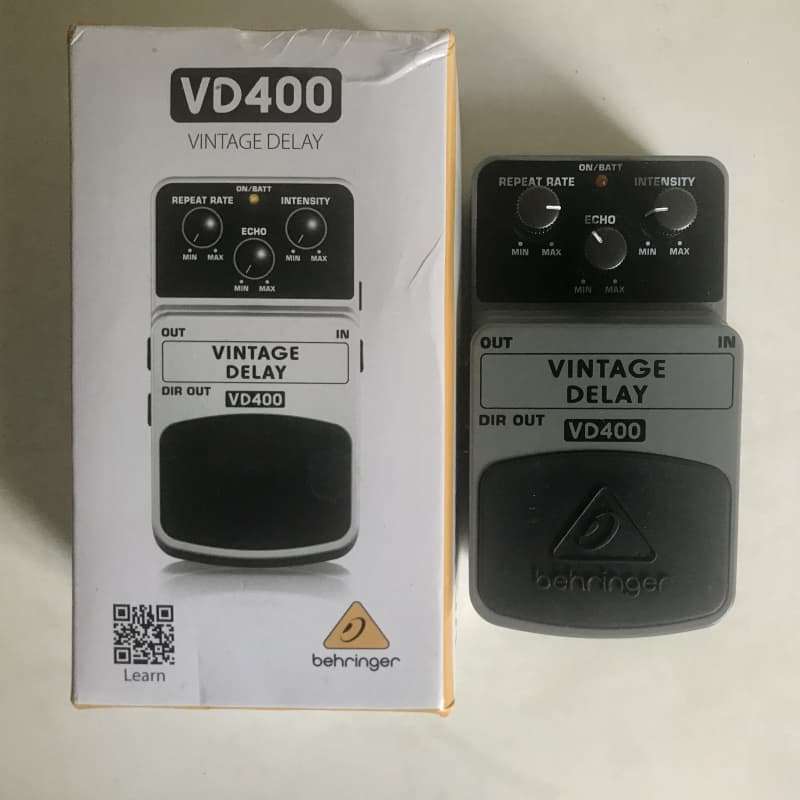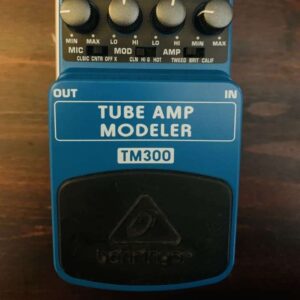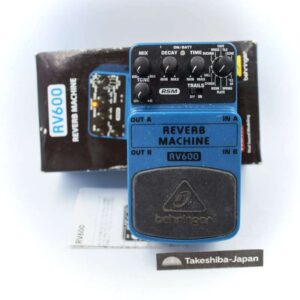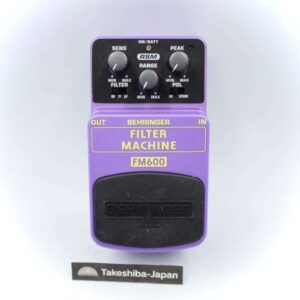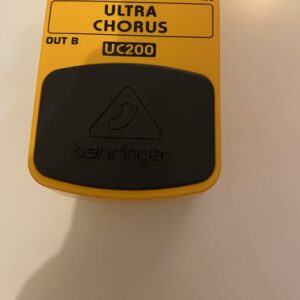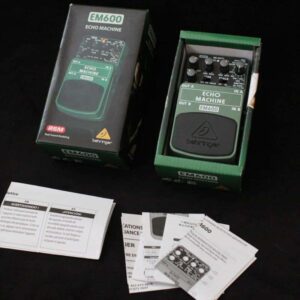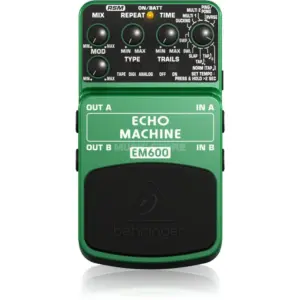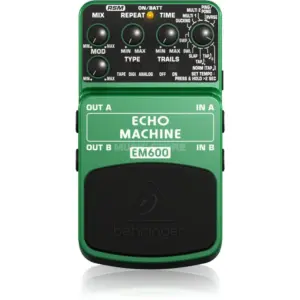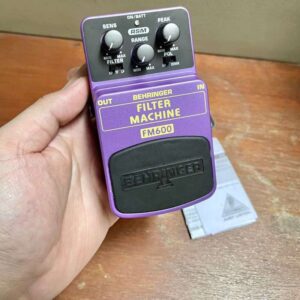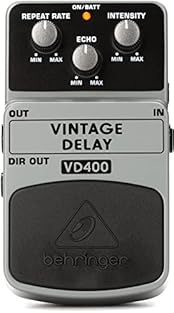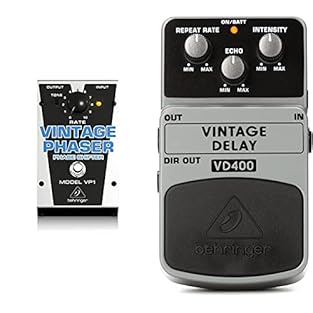Description
The 2010s Behringer VD400 Vintage Analog Delay Pedal Gray is in a used condition and made by Behringer , it is a just a great Gray Pedal Delay Analog Vintage VD400 Behringer 2010s Gray Guitar Effect Pedal – Behringer VD400 in excellent condition. I bought this as quick and inexpensive patch for my pedalboard when my main delay died on me. I’ve now repl… . Available from Just Pedals marketplace for only £54.00 (+delivery). Read More for ordering, more details and pics.
